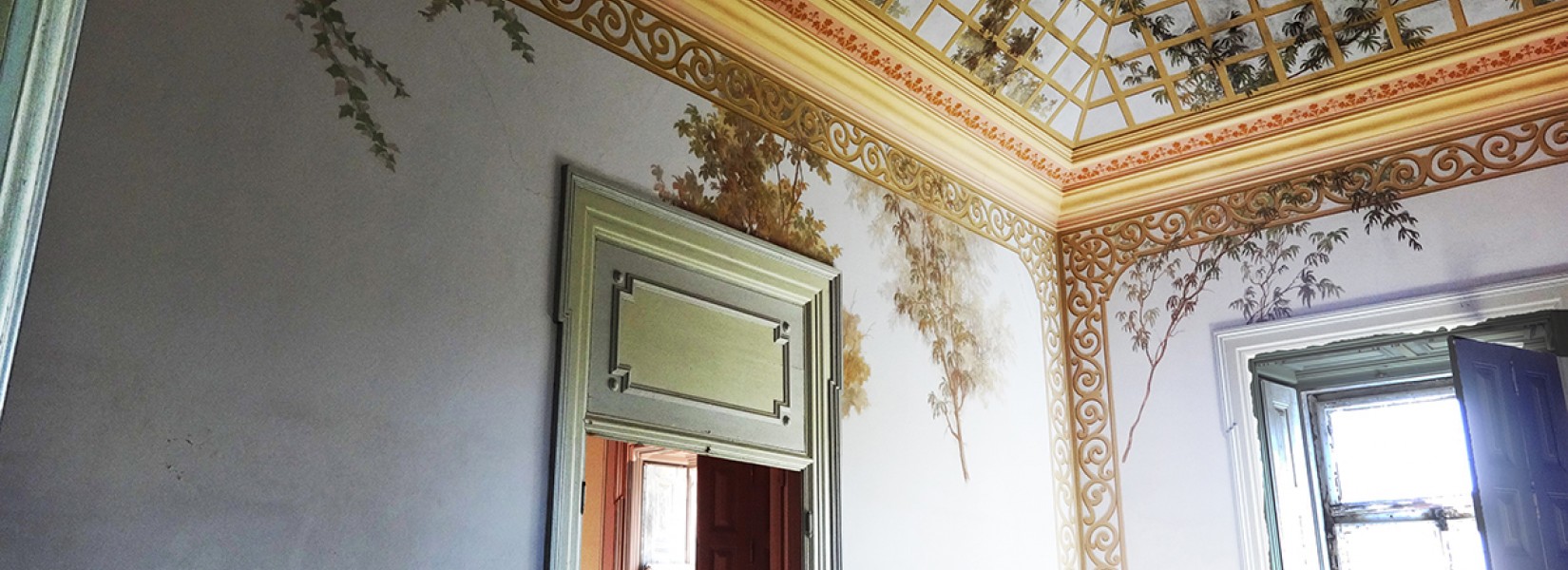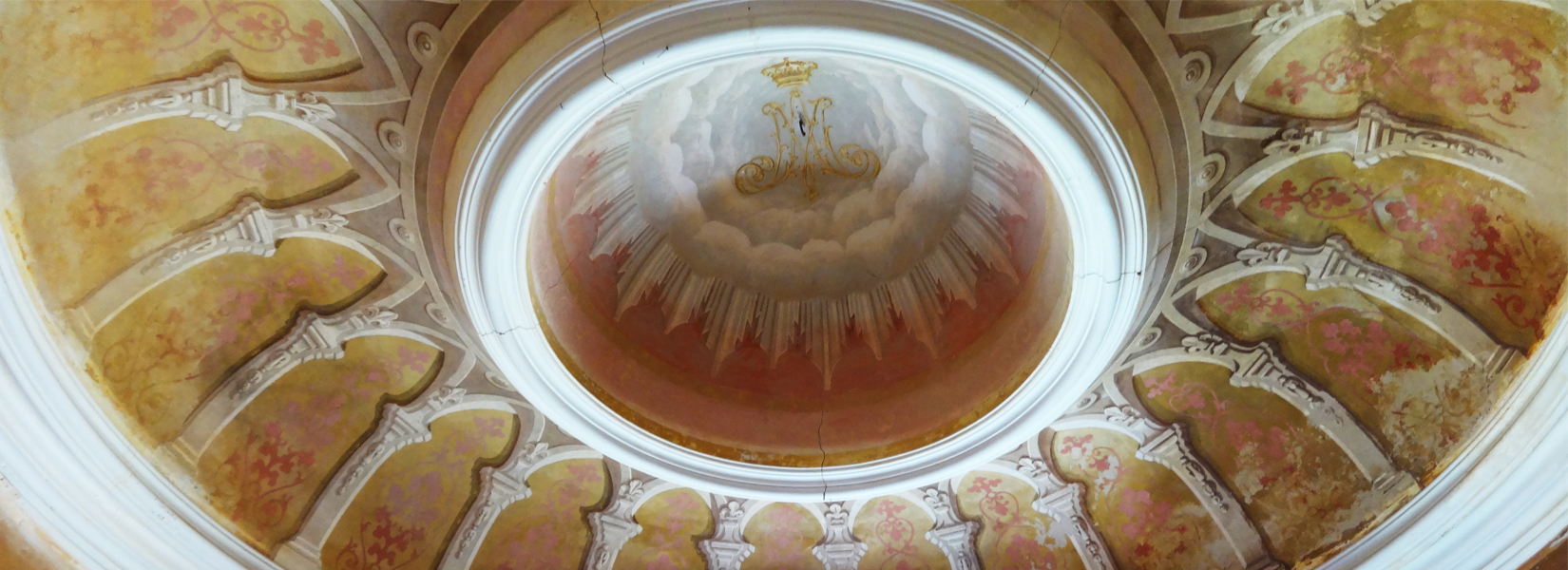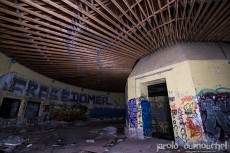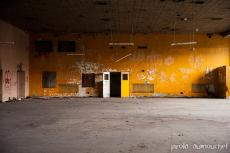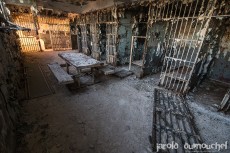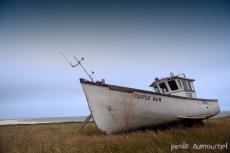Built in the woods near the hamlet of Mill Village, the Teleglobe station is no longer the shadow of what it once was. Built in 1964 at a cost of $ 9 million, the vast complex was part of an extensive satellite program for the transmission of...
The Fonte da Pipa palace
Ode to northern Europe palaces
Known for its carnival and market of great beauty, Loulé is a city of 70,000 inhabitants located in the south of Portugal, in the Algarve region.
It is built between 1878 and 1897 the small castle of Pipa palace which will never be occupied by its owner. Death a year before the end of the works, the politician and the businessman Marçal de Azevedo Pacheco will never live in this palace. Yet the man had to make this place a true ode to beauty. Inspired by many palaces he had visited during numerous trips to Northern Europe, he had mandated the architect José Verdugo, recognized for the Loulé Market he had designed, as well as the decorator Pereira Cao who worked at Palace in Lisbon.
Thus in 1920, the palace is sold to a rich banker called Dias Sancho, who would see the electrification of the premises. After the death of his son who receive the property at the death of his father, the small palace was subsequently sold, rented and resold until it was abandoned around the new millennium.
It is hard to find the information to explain the reasons for this abandonment and the exact year.
Despite the years that have passed, the community still shows (a little) interest in the potential of the places. In 2010, the small palace Fonte de la Pipa was part of a cultural project where African art was presented.
Since then, no formal project has come to fruition, hence the unenviable situation of the places today. Tagged and vandalized, the small palace seems to be at a non-return point if nothing is done in the next years.
Related content
Located in Franklin, southwest of Montreal, the story of the now abandoned Dorea Institute is told by bits and pieces. Not that its story is marked by horrors (…or maybe it is?), but it is rather difficult to find accurate information on the...
Project ideas abound for this old provincial jail today abandoned. The building has been closed in 2001 following the construction of a larger and more modern correctional center. More than a dozen projects have been launched in the air: a...
The Madeleine islands are an eleven islands archipelago in the middle of the Gulf of St. Lawrence. While most are interconnected by bridges or dams, some are isolated and far away from the main land.
The islands are known for their...

